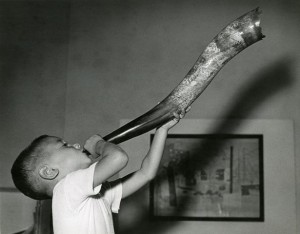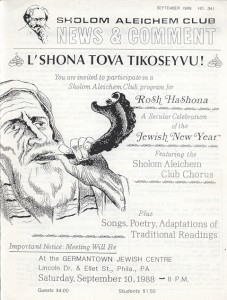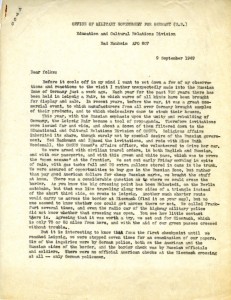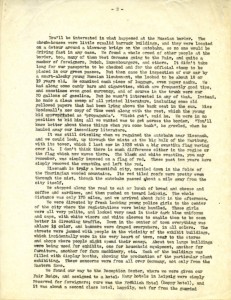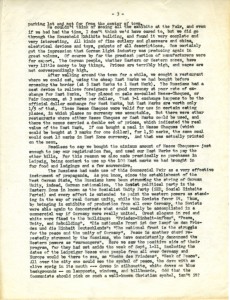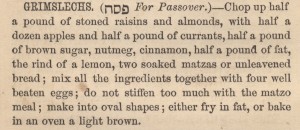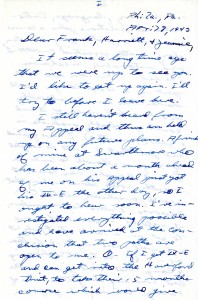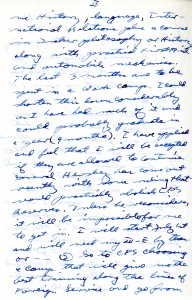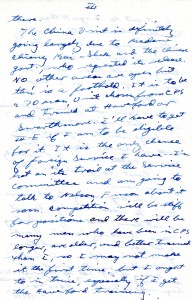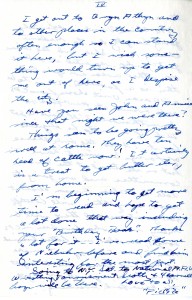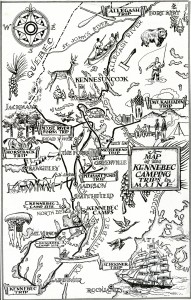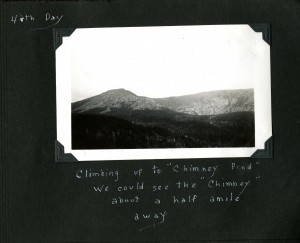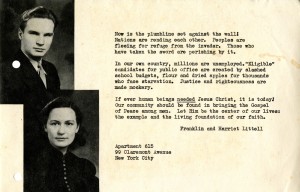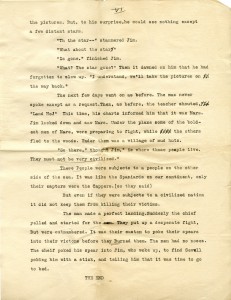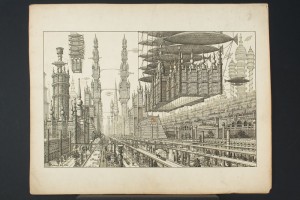The Constable and Company Records in the Special Collections Research Center are overflowing with history. Prior to working with this collection, I was not familiar with Constable and Company, but after some research on the publishing house, I was eager to see what treasures I would find hidden in this collection of business and personal correspondence, legal and financial records, and project files.
Constable and Company was founded in 1795 by a bookseller named Archibald Constable. After his death, the company endured financial difficulties until 1890, when his grandson, also Archibald, took it over. After opening an office in London, he retired in 1893, handing the company over to his nephew H. Arthur Doubleday. Over the years, Doubleday added three directors: Otto Kyllmann, William M. Meredith, and Michael Sadleir, making Constable and Company one of the leading publishing houses in England.
Sifting through letters from over four hundred authors and ranging from 1894 to 1966, I found some fascinating material that provides insights to the personal relationships and hardships that Constable and Company faced during their peak years. Some of these letters to the publishers were from prominent people of the time, whose names I recognized. Among them are Walter de la Mare, Havelock Ellis, E.M. Forster, Henry James, George Santayana, and Sir Arthur Conan Doyle.

Through reading the numerous letters and correspondence from the company, it is evident that the publishers of Constable and Company held close relationships with each of their authors. Although most of the correspondence is business related, occasionally writers included humorous drawings and anecdotes in their letters.
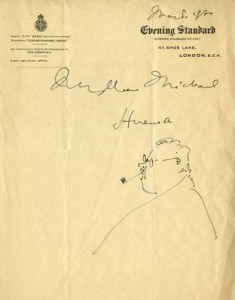
Additionally, in the series of drafts and project files are various inquiries regarding publications about Vincent van Gogh and the collected Letters of Sir Walter Scott. Included were a few letters from Vincent Van Gogh’s nephew, Vincent W. Van Gogh, who was just six months old when Van Gogh passed away.
This unique collection reveals the intimacy behind the world of publishing and sheds light on a piece of history from this once famous publishing house. The Constable and Company Records are available for research use in the Special Collections Research Center on the ground floor of Paley Library.
________
Sophomore Meredith DuVal Thomas joined the Special Collections Research Center as a student worker this semester. She has worked on a variety of projects, from digitizing hard-copy collection inventories, to shelf reading the stacks, to verifying the order and organization of the Constable and Company Records. The Constable collection, records of a notable London publishing firm, has been in the holdings of the SCRC for many years, but was only recently processed and cataloged by intern, Kathleen McCarty. A finding aid (archivist terminology for collection description and inventory) is now online (library.temple.edu/collections/scrc/constable-and-company-records). In honor of the collection’s completion, which is thanks to the work of our students, we asked Meredith to look at the collection and provide her own perspective.
-Katy Rawdon, Coordinator of Technical Services
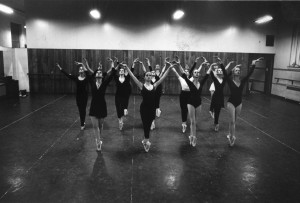 The Pennsylvania Ballet’s 50th anniversary season opens in October, and they are using their archives, housed in the Temple Libraries Special Collections Research Center, to highlight their history. A few years ago, SCRC used Council on Library and Information Resources Hidden Collections project grant money to prepare the first 40 years of the ballet’s records for research use. Totaling 91 linear feet (think eleven 4-drawer filing cabinets), the collection includes clippings, correspondence, financial records, photographs, posters, playbills, souvenir programs, and other materials documenting the ballet’s history as a vibrant presence in Philadelphia’s cultural life. For more information about the archival materials and the history of the company, see http://library.temple.edu/collections/scrc/pennsylvania-ballet-records-0
The Pennsylvania Ballet’s 50th anniversary season opens in October, and they are using their archives, housed in the Temple Libraries Special Collections Research Center, to highlight their history. A few years ago, SCRC used Council on Library and Information Resources Hidden Collections project grant money to prepare the first 40 years of the ballet’s records for research use. Totaling 91 linear feet (think eleven 4-drawer filing cabinets), the collection includes clippings, correspondence, financial records, photographs, posters, playbills, souvenir programs, and other materials documenting the ballet’s history as a vibrant presence in Philadelphia’s cultural life. For more information about the archival materials and the history of the company, see http://library.temple.edu/collections/scrc/pennsylvania-ballet-records-0